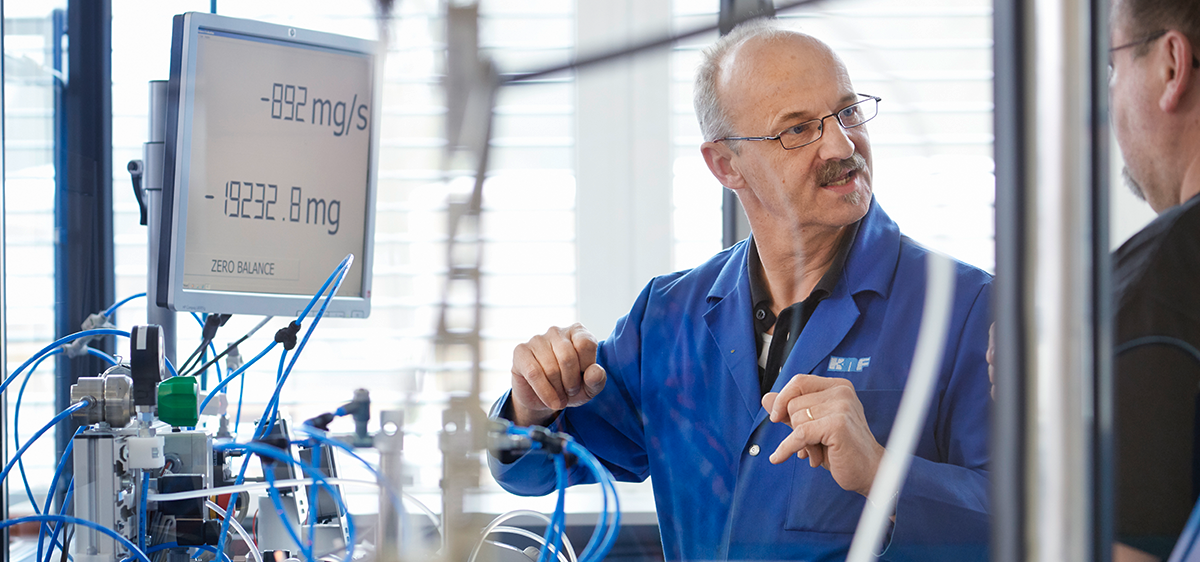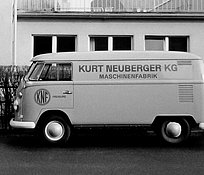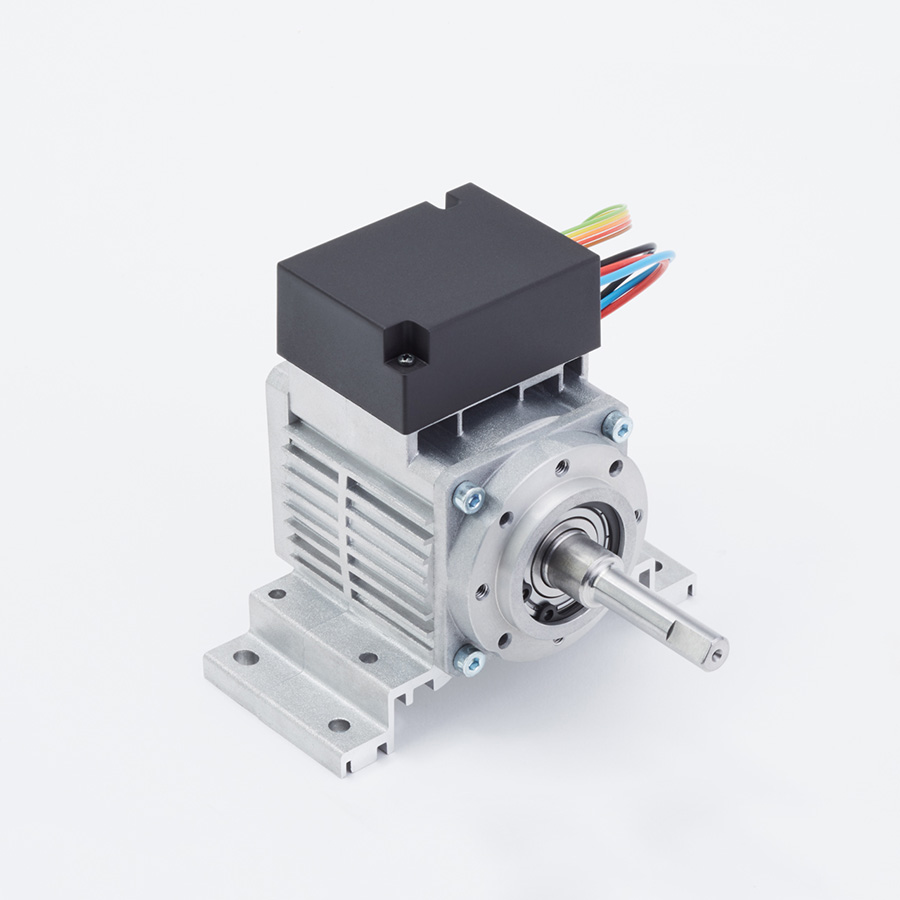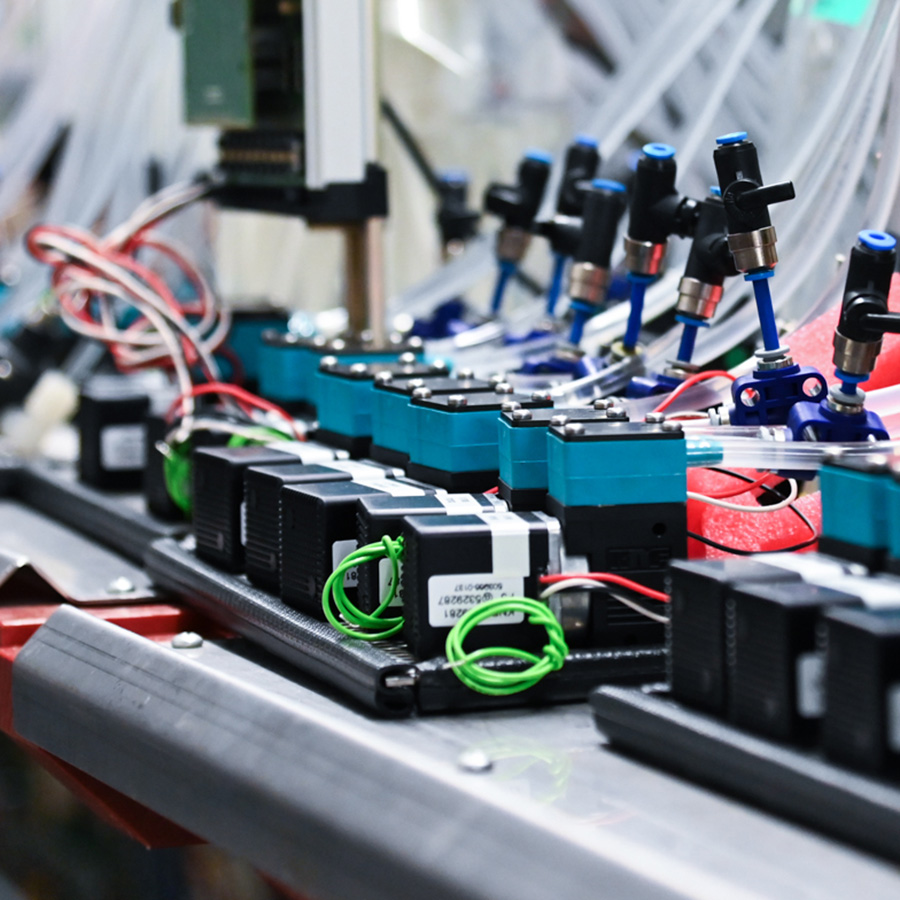
Diaphragm Pumps – Pros and Cons
Gas and liquid diaphragm pumps have been essential in diverse industries for many years. Their reliability, robustness and versatility make them ideal for use in a wide range of applications, including medical, inkjet, analytical instruments as well as food and beverage. However, despite their widespread use, diaphragm pumps are not without their limitations and challenges. By exploring these advantages and disadvantages in detail, we can examine the pros and cons of this type of pump, to enable you to make an informed decision when selecting the right pump.
How Diaphragm Pumps Work
As a type of positive displacement pump, diaphragm pumps use a flexible diaphragm, usually made from elastomers or thermoplastic, to move fluids or gases through a system. The diaphragm also acts as a seal between the media being pumped and the drive of the pump as well as the environment, making them ideal for handling abrasive, corrosive, or viscous liquids that would damage other types of pumps.
The Advantages of Diaphragm Pumps
Diaphragm pumps are a popular pump type that offer several advantages over other pumps, including gas-tight operation, low maintenance requirements, and the ability to handle abrasive or viscous fluids. We will explore some key advantages of diaphragm pumps in more detail, discussing their benefits for specific applications and industries.
- High gas-tightness: Using a diaphragm provides a high level of gas-tight operation. To reduce the risk of leakage further, diaphragm pumps can be equipped with a back-up diaphragm. If the primary diaphragm becomes damaged, the additional diaphragm’s closed surface safeguards against potentially hazardous gas leaks.
- Low maintenance construction: Diaphragm pumps are designed for long-lasting durability and therefore have a low maintenance requirement. They have the potential to be maintenance-free and contain few moving parts, reducing the risk of wear and tear.
- Oil-free operation: As all pump parts in contact with the media are strictly separated from the drive, oil cannot pollute the media. This makes diaphragm pumps ideal for all applications that require the utmost cleanliness.
- Customizable: KNF diaphragm pumps rely on a modular design. This allows for fast and economic customization of the pump while relying on tested and proven parts. This way, customers can receive a pump solution that truly and precisely fits their project requirements. KNF is able to offer customization from batch size one.
- Chemical resistance: Only very few parts of the diaphragm pump come in contact with the media, and all of them can be chosen from a wide range of different materials to ensure compatibility.
- Compact design: Their robust, compact design makes diaphragm pumps ideal for use in tight spaces or where floor space is limited. They are also lightweight, portable and can be mounted in any direction, providing additional flexibility.
- Dry-run safe: Diaphragm pumps used to transfer liquids are dry-run safe and can continue operating for long periods without damaging any components.
- Self-priming functions: The pump’s design allows it to generate pressure and self-prime without any start-up procedure or manual priming.
- Advanced motor types: Diaphragm pumps can be equipped with advanced brushless DC (BLDC) motors for greater controllability. They can also be digitally customized for specific application requirements.
The Disadvantages of Diaphragm Pumps
While diaphragm pumps offer many advantages, they also have some disadvantages that should be known when considering their use. We will examine these disadvantages, discussing their limitations and potential challenges in different industrial applications. This should enable an informed decision about whether a diaphragm pump is the right choice for a specific application.
- Flow rate restriction: Diaphragm pumps are generally better suited for low to medium flow rates and may not be the best choice for high-volume pumping applications such as operating international gas pipelines or public drinking water networks.
- Lacking in high pressure: While diaphragm pumps can generate moderate pressure, they are not designed for high-pressure applications such as liquifying gasses or waterjet cutting.
- Pulsation: As all positive displacement pumps, diaphragm pumps generate pulsation. Excessive pulsation can cause vibrations, noise and might lead to system damage. To counter this challenge, KNF has developed the KNF Smooth Flow Technology, which minimizes pulsation of liquid pumps. Also, gas pumps can be designed with multiple pump heads and pulsation dampeners can be used for both gases and liquids to minimize pulsation.
- No high-viscosity liquids: While excellent at pumping gases and most liquids, diaphragm pumps will struggle to pump fluids that are very highly viscous or particulate-laden. This can be sewage sludge, honey or resins. In these cases, specialist viscous fluid pumps will be more suited to deliver the required flow rate and efficiency.
- Extreme temperature handling: By relying on the flexibility of their diaphragms to generate a pumping action, extreme temperatures can cause the diaphragms to become brittle, crack or deform. KNF diaphragm pumps are suitable for media temperatures of up to 240° Celsius, but alternative pump types should be considered if higher media temperatures are required.
Make An Informed Decision With KNF
Diaphragm pumps can be an effective and reliable choice for many applications. However, it is essential to evaluate the specific requirements of a given application to determine whether a diaphragm pump is the best choice or whether a different type of pump may be more suitable.
As manufacturers of high-quality diaphragm pumps for OEM use, process applications and lab, our technical experts have in-depth knowledge and experience to help our customers understand them better. If you have questions regarding gas or liquid diaphragm pumps or finding a pump that will suit your application requirements, contact our KNF experts to get detailed answers based on your specifications.
Get in touch to find the ideal solutions for your application.
75 Years: KNF Celebrates Company Anniversary
A treasure chest filled with memories, facts and stories. Learn more about KNF’s company history.




